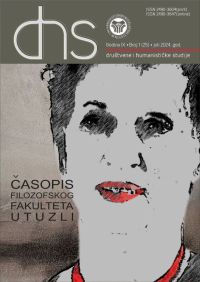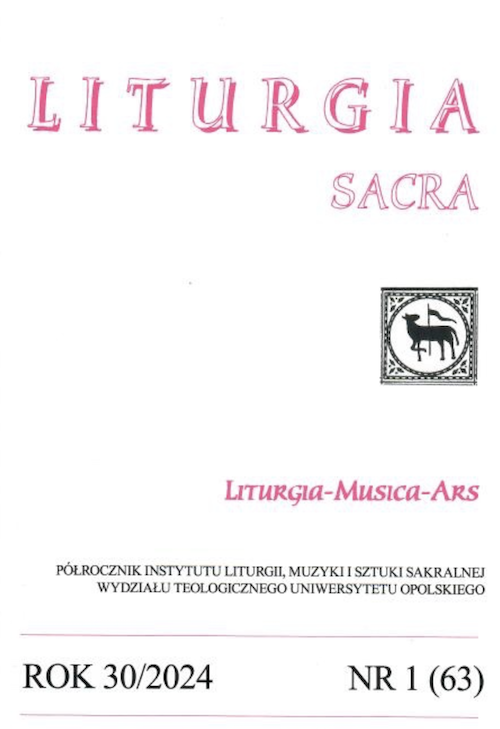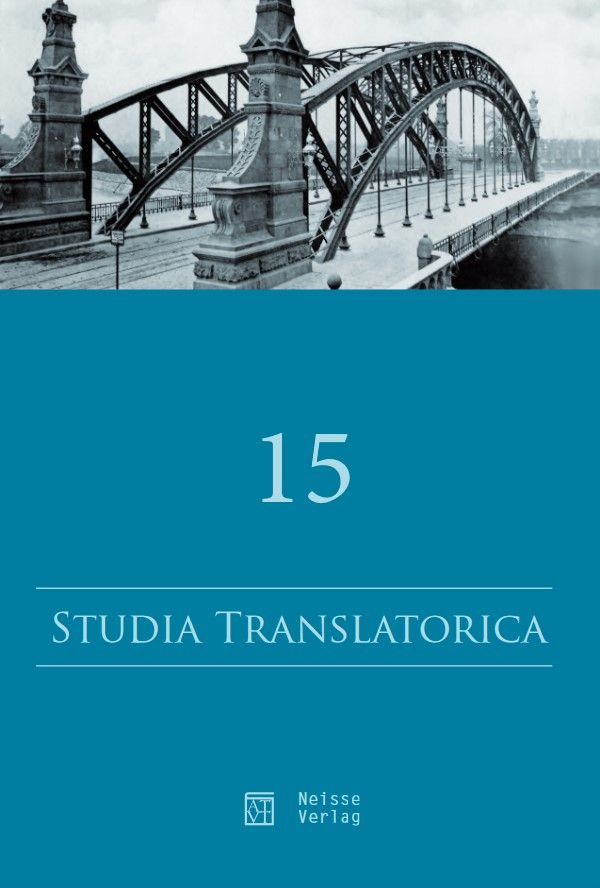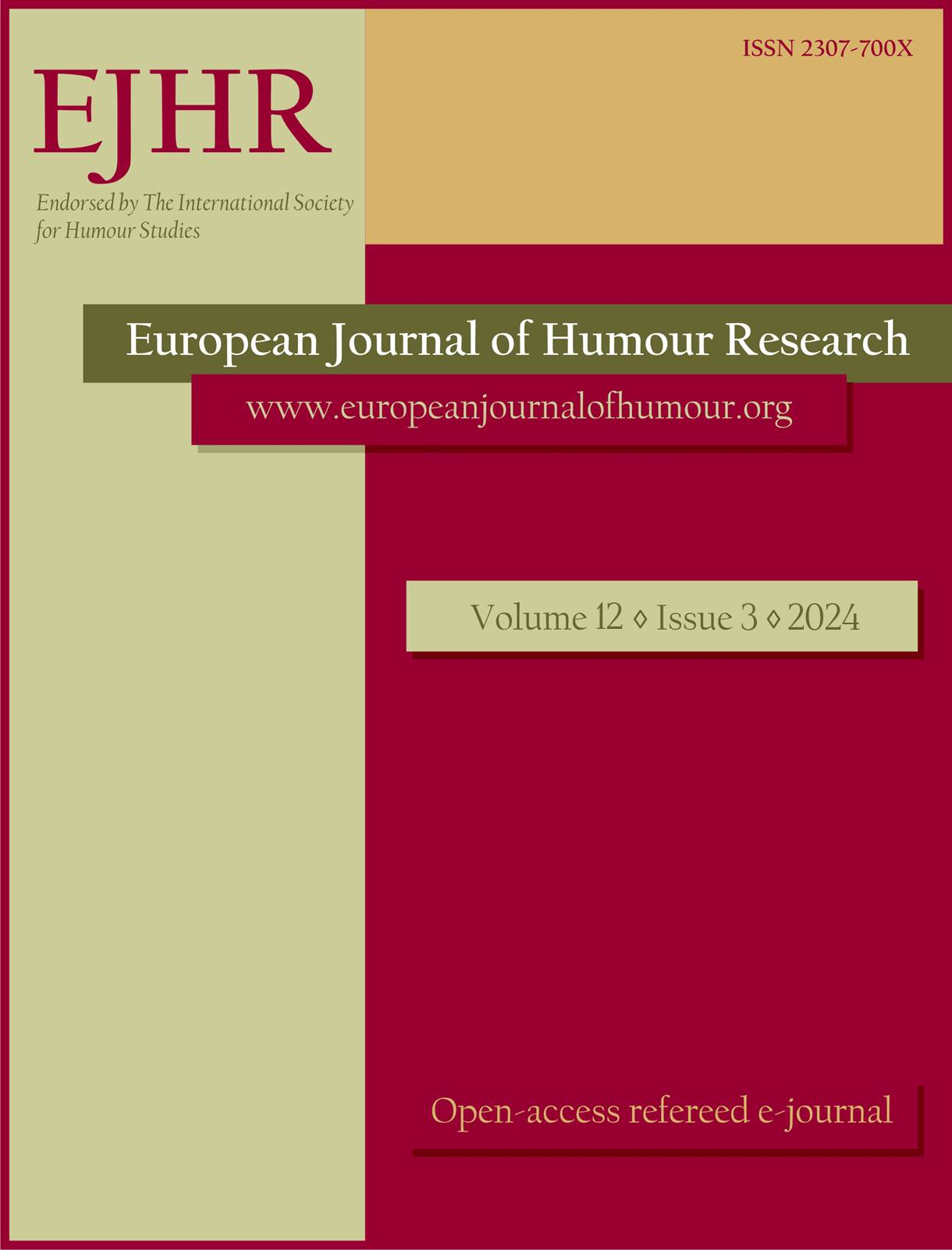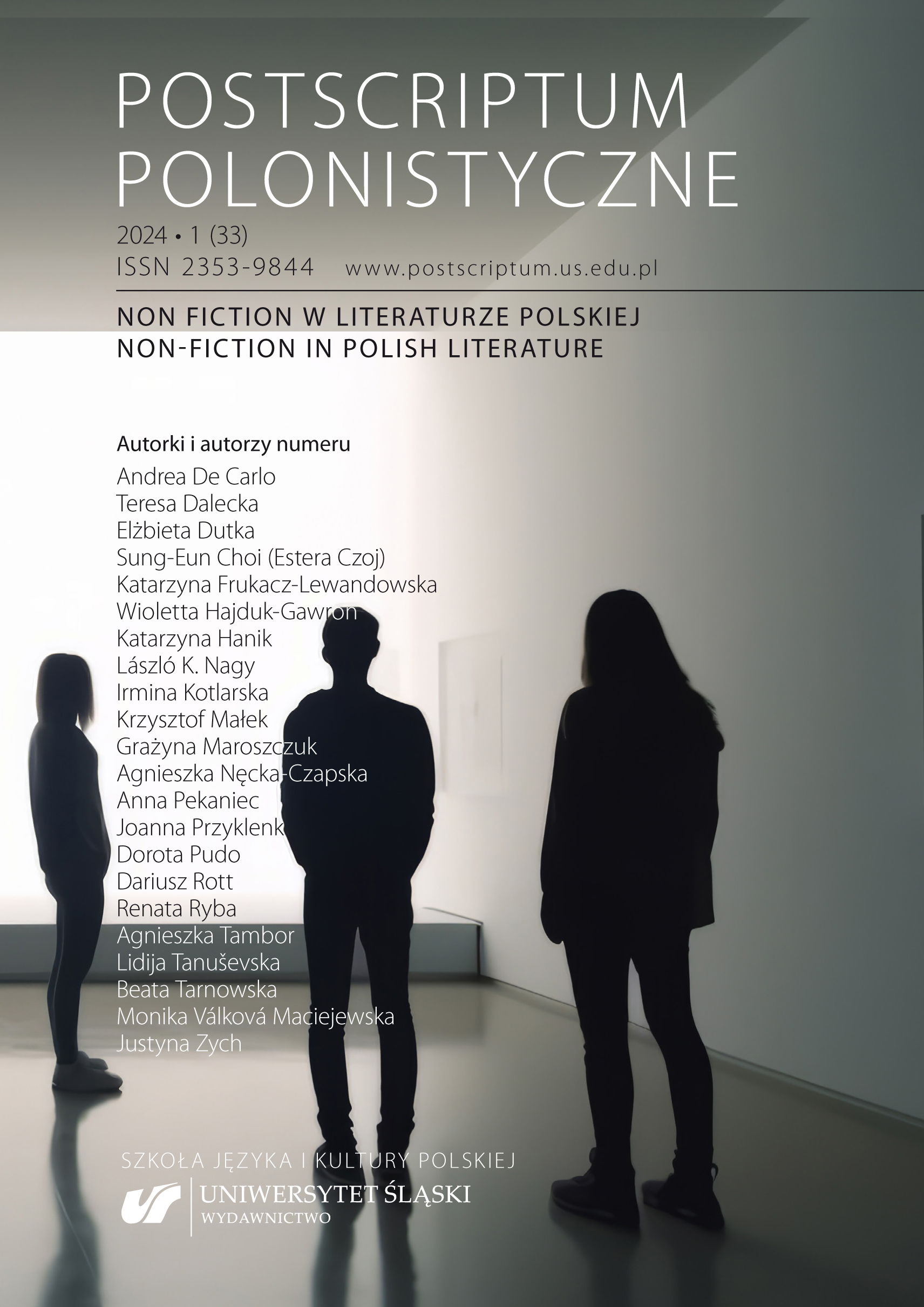
Literatura non-fiction w Litwie w ostatnich dziesięcioleciach
The main aim of the article is to briefly describe non-fiction literature in Lithuania which is heterogeneous. Popular reading titles are dominated by translations, including a few from Polish. In addition, non-fiction books by Lithuanian authors are published, as well as a small number of works by authors writing in Polish. Each of these phenomena was presented using a descriptive method, with greater attention paid to texts written in Polish. Each of these phenomena was presented using a descriptive method, with greater attention paid to texts written in Polish. Lithuanian non-fiction prose, created in both Lithuanian and Polish, revolves primarily around the theme of loss and transience. It is the result of the authors’ need to preserve on the pages of books the memories of a homeland in danger or lost, family, identity and language. In Polish non-fiction literature, represented mainly by Ryszard Kapuściński, Lithuanian readers are interested in the complex phenomenon of the 20th century – the mechanism of the existence and collapse of totalitarian systems, as well as the related psychological consequences suffered by the collective and individual people, and their transformation in a specific historical social space. Kapuściński’s observations on how history’s cataclysms change the lives of ordinary people and how the boundaries between attackers and victims blur. The small number of non-fiction prose items allows us to conclude that this literary genre is just making its way in Lithuania. However, its popularity among readers gives it a chance for rapid development in the near future.
More...

